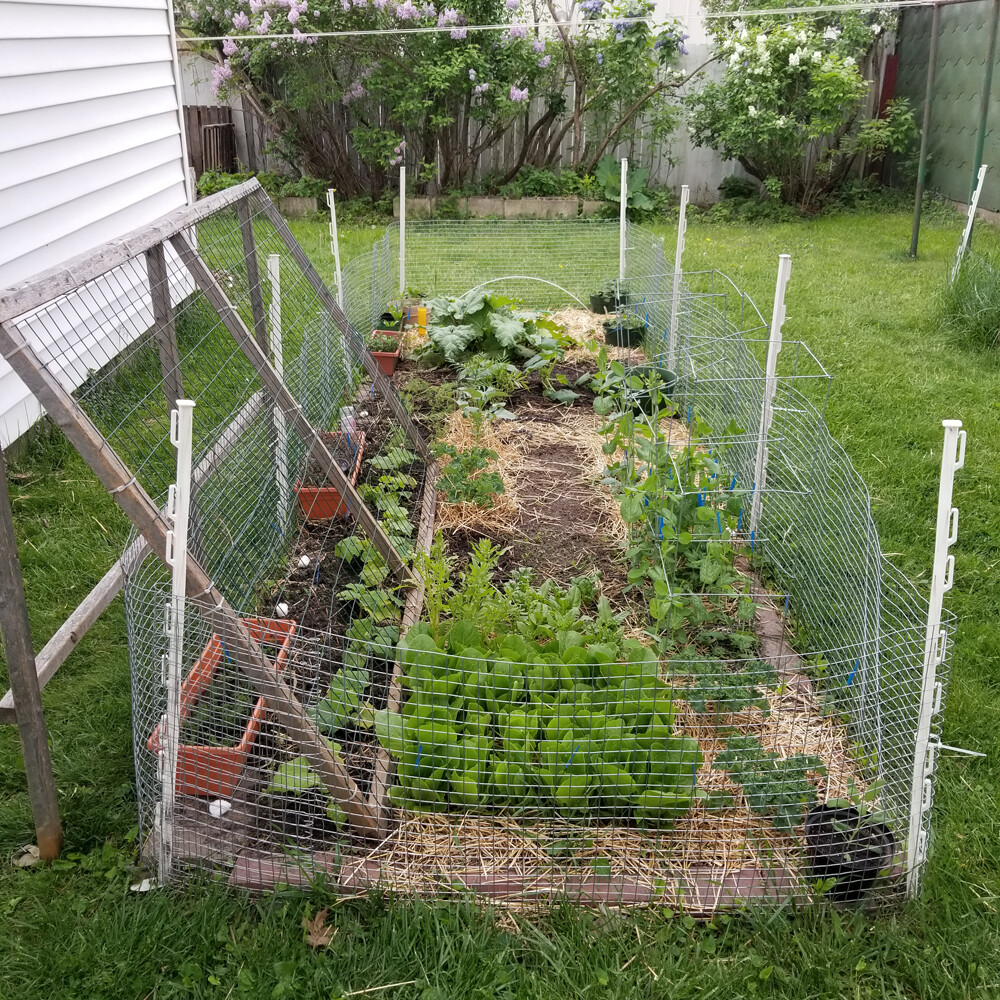
As you are planning out where you want to place plants, consider their full height. Only put taller plants south of shorter ones if the shorter plants like shade or cooler temps. Put trellises on the north side so the foliage won’t block the sunlight. They can be run on the east and west side if you take into consideration what they will shade- so a trellis on the west side might help provide afternoon shade for a plant like lettuce or kale.
Otherwise, plant shorter plants to the south and taller plants on the north for best sunlight.
If you have natural shade like a tree or structure, plant cool loving crops in areas that will be shaded for part of the day, however a garden plot with too much shade may not grow as well, so make sure it’s still getting at least 6 hrs of full sun a day.
Companion planting
Some plants love being next to each other and others don’t. I’m going to share what I’ve read and experienced myself, but it’s a good idea to do your own research- in the form of books as well as taking your own notes on what happens in your garden.
There are different categories of companion planting:
- Plants that like each other and thrive together
- Plants that hate each other - don’t plant close together
- Plants that benefit each other in some way.
Taking notes and continuing to do research on what other gardeners have found is very important. I’ve had several instances that a plant is struggling and not growing or not producing and I will come across an article, book or blog that mentions plant A doesn’t like plant B or plant C and I realize that is my problem.
There are some plant combinations where one will do better than the other. In this case there are 2 sub categories: one loves the combination but the other is so-so, and one loves the combination and the other doesn’t at all.
Other companions are the ones that help deter or confuse pests. By planting something nearby that a pest doesn’t like, you can “hide” or protect it from those pests or bring in predators for those pests.
Here is where I add flowers to my garden. Nasturtiums and marigolds are great pest deterrents in the garden and also attract pollinators.
Marigolds will draw japanese beetles so they may not find other plants in the garden, but know that green beans do not like marigolds. Calendula is another flower I grow for medical purposes, but it also attracts aphids to itself and saves other plants from infestations.
I have created a Companion Planting cheat sheet chart based on my own reading and experience. If you would like to download it, Click Here.
If you enjoyed this post and are interested in getting started gardening, I have created a beginner gardening course walking you step by step through starting a garden, seeds and seedlings and transplanting. Click here to snag beta test pricing.

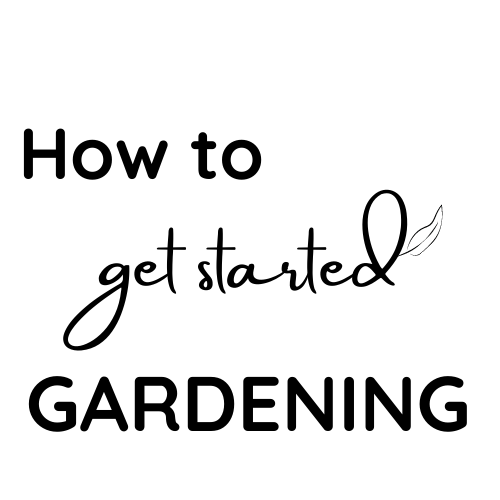


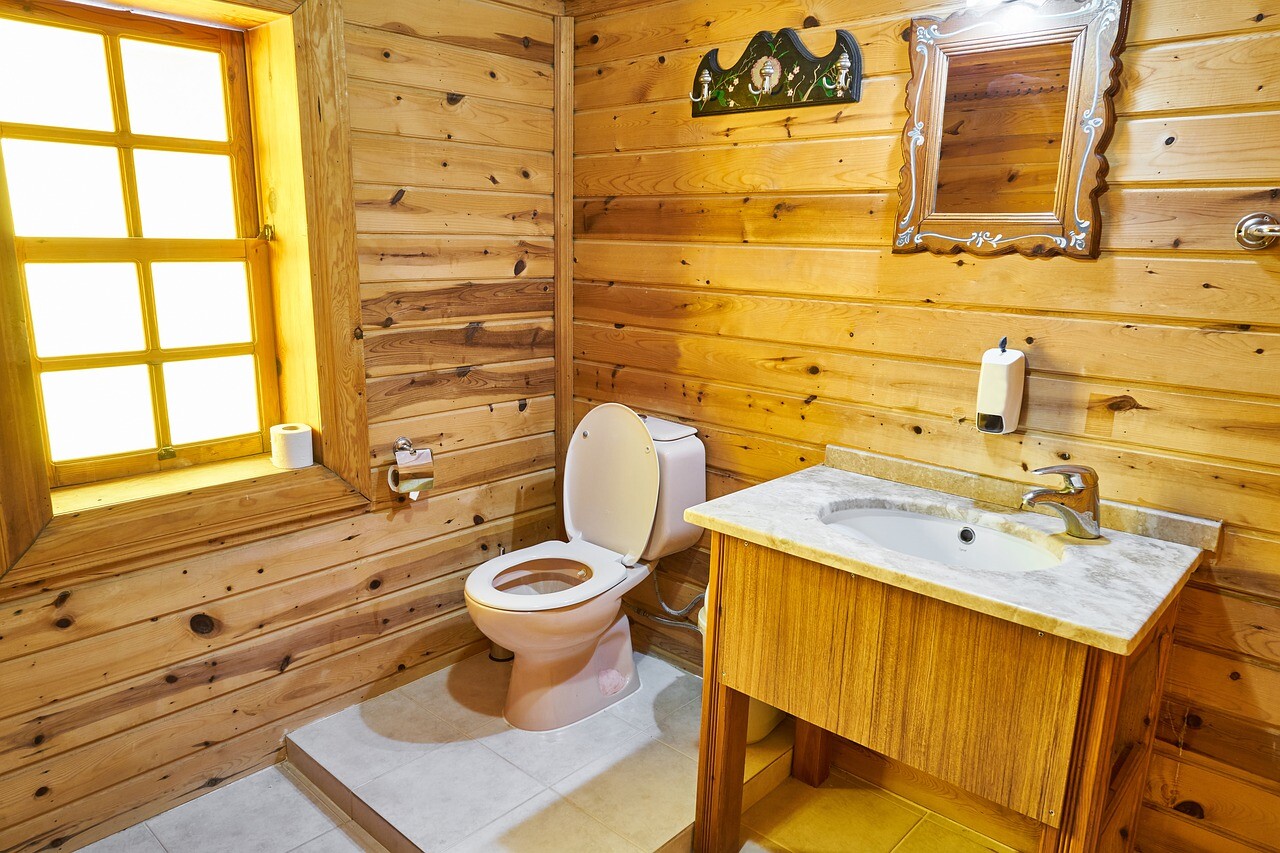

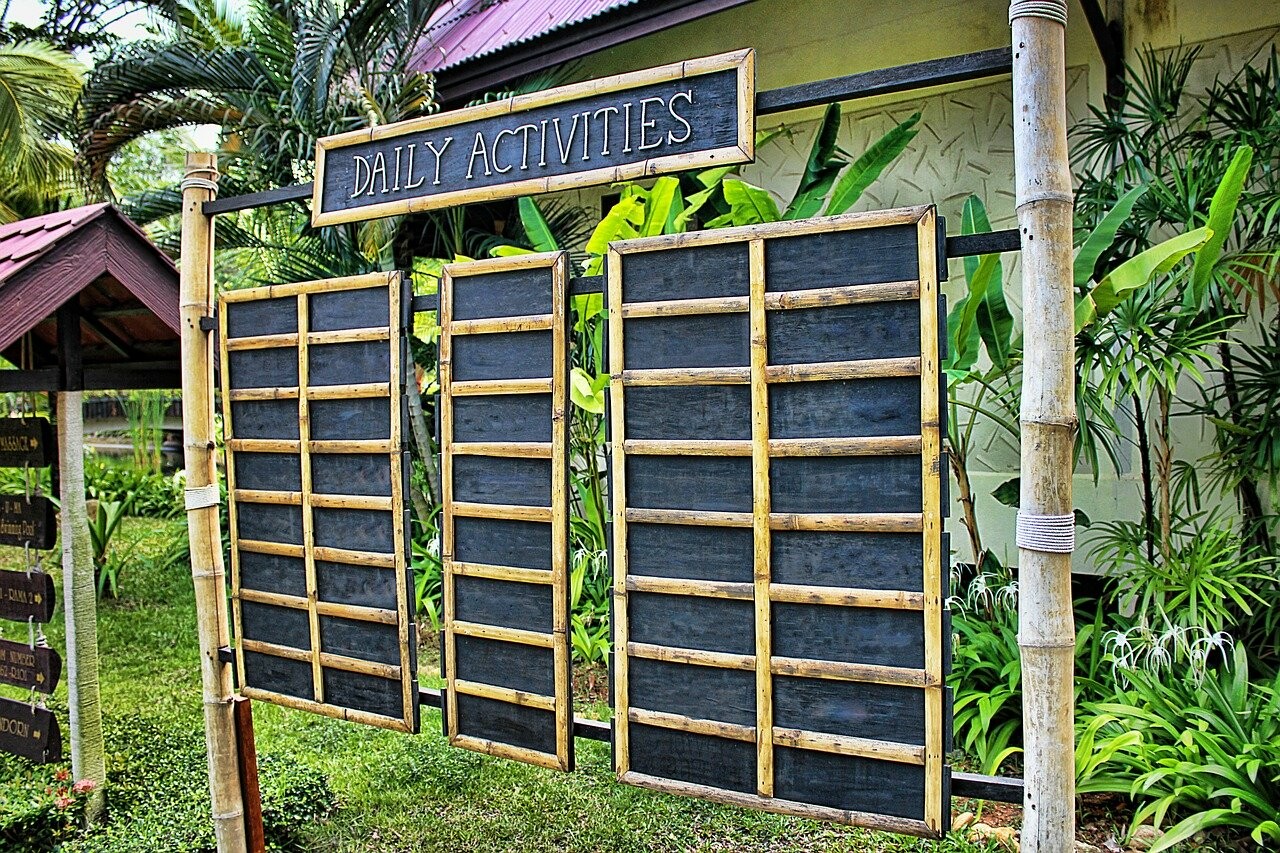

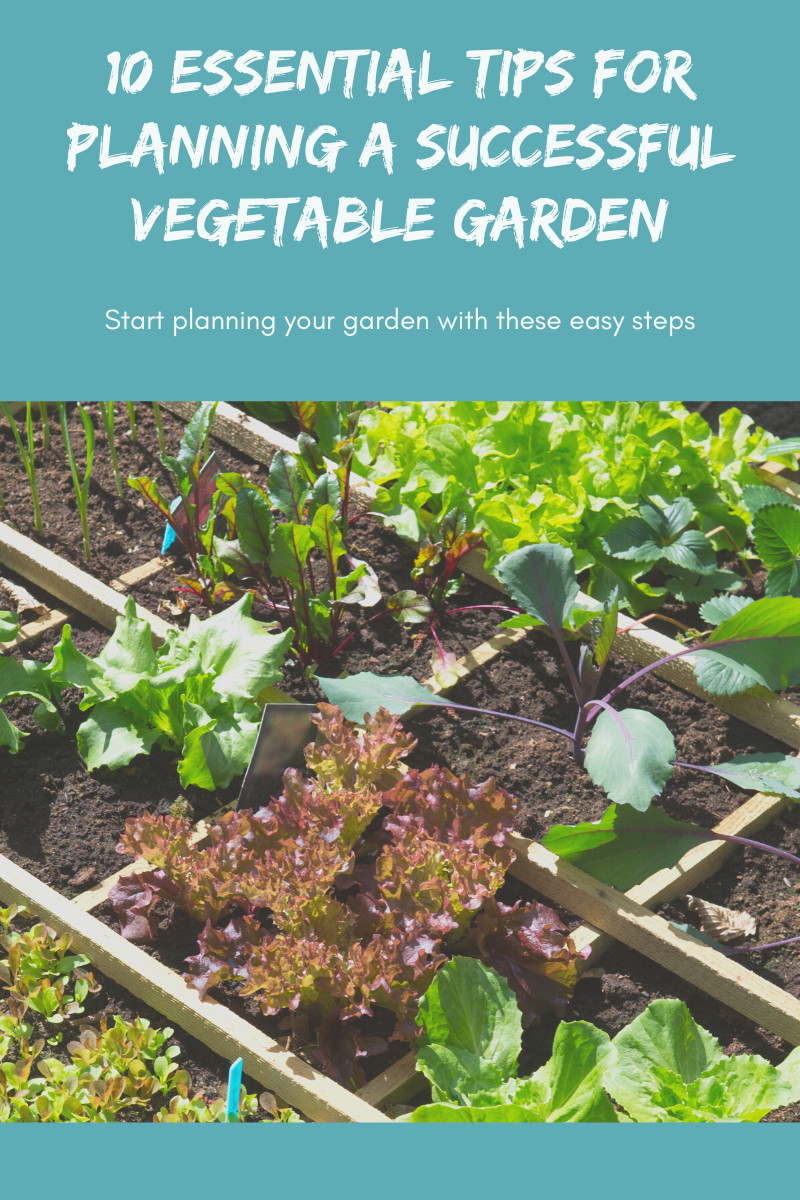
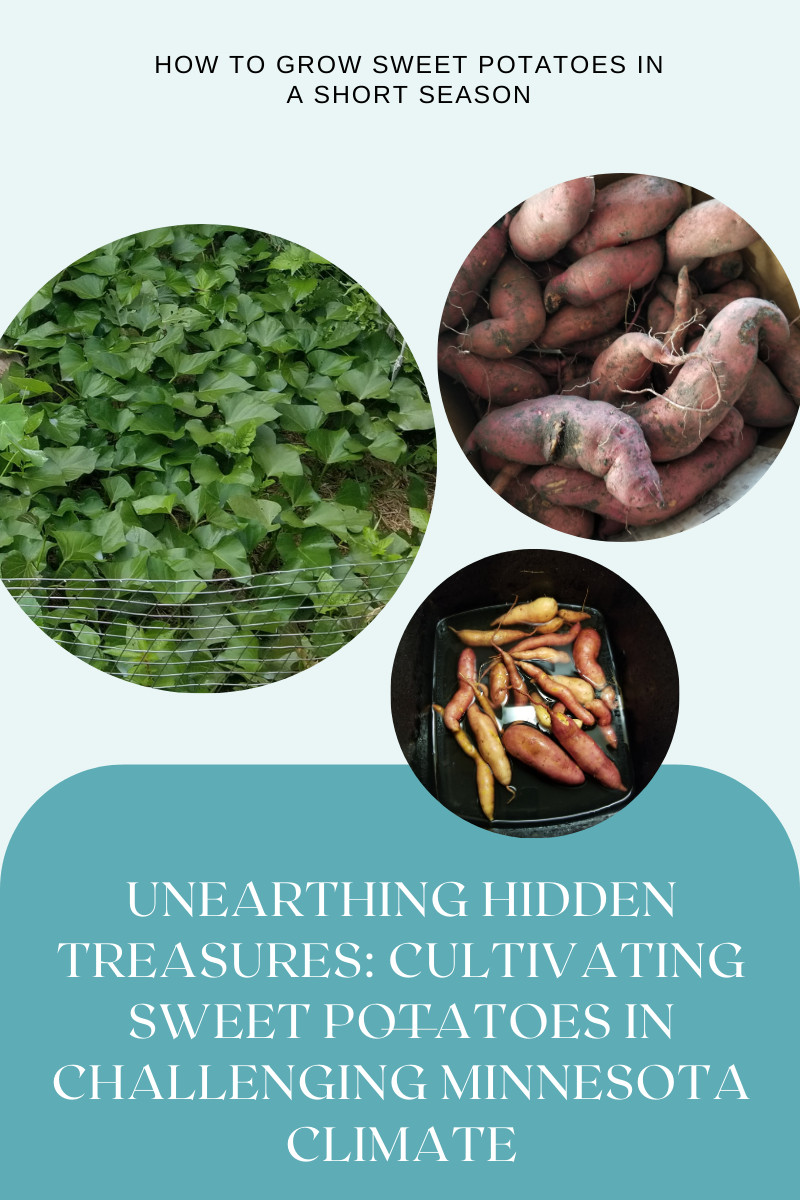
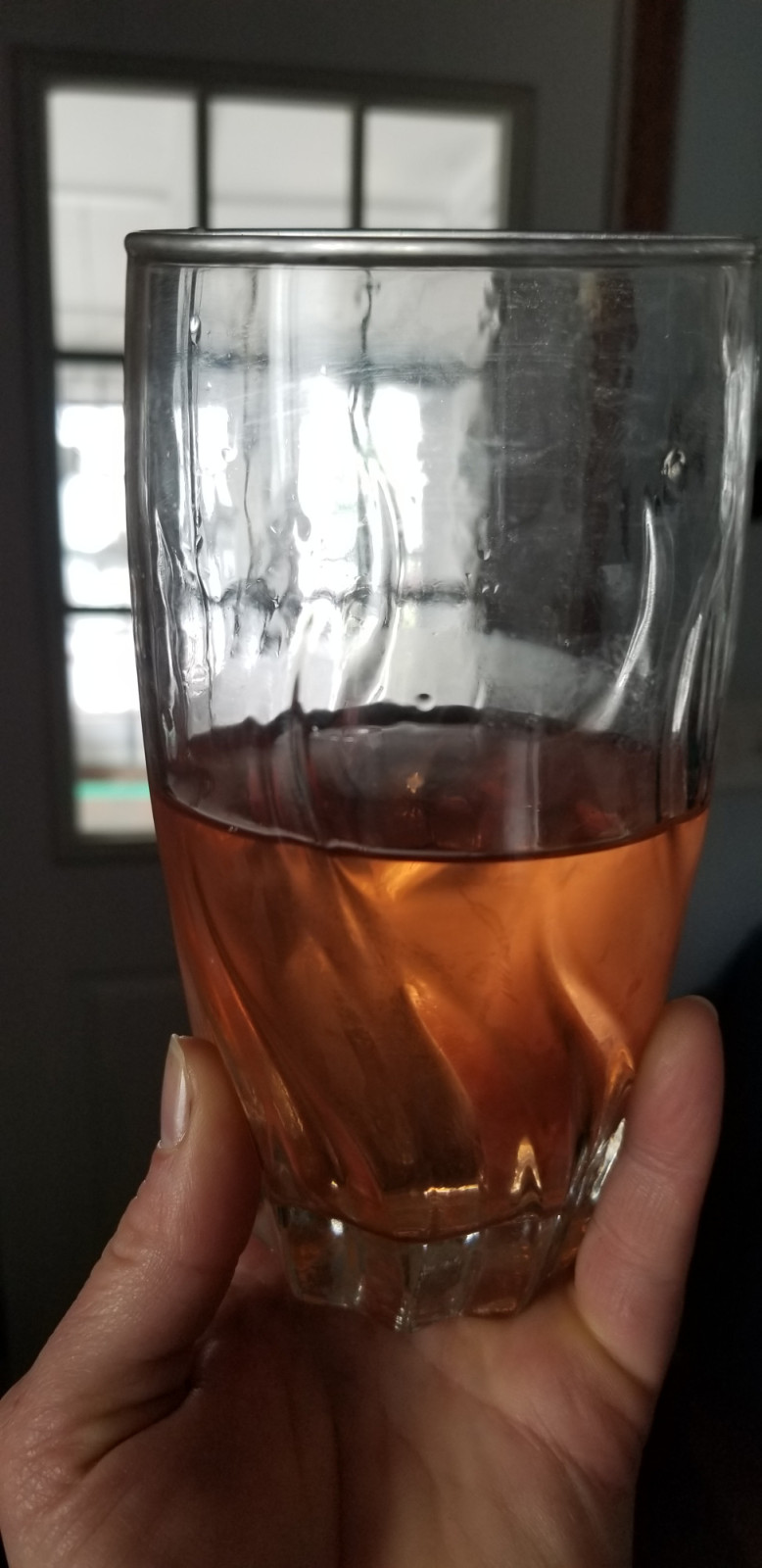

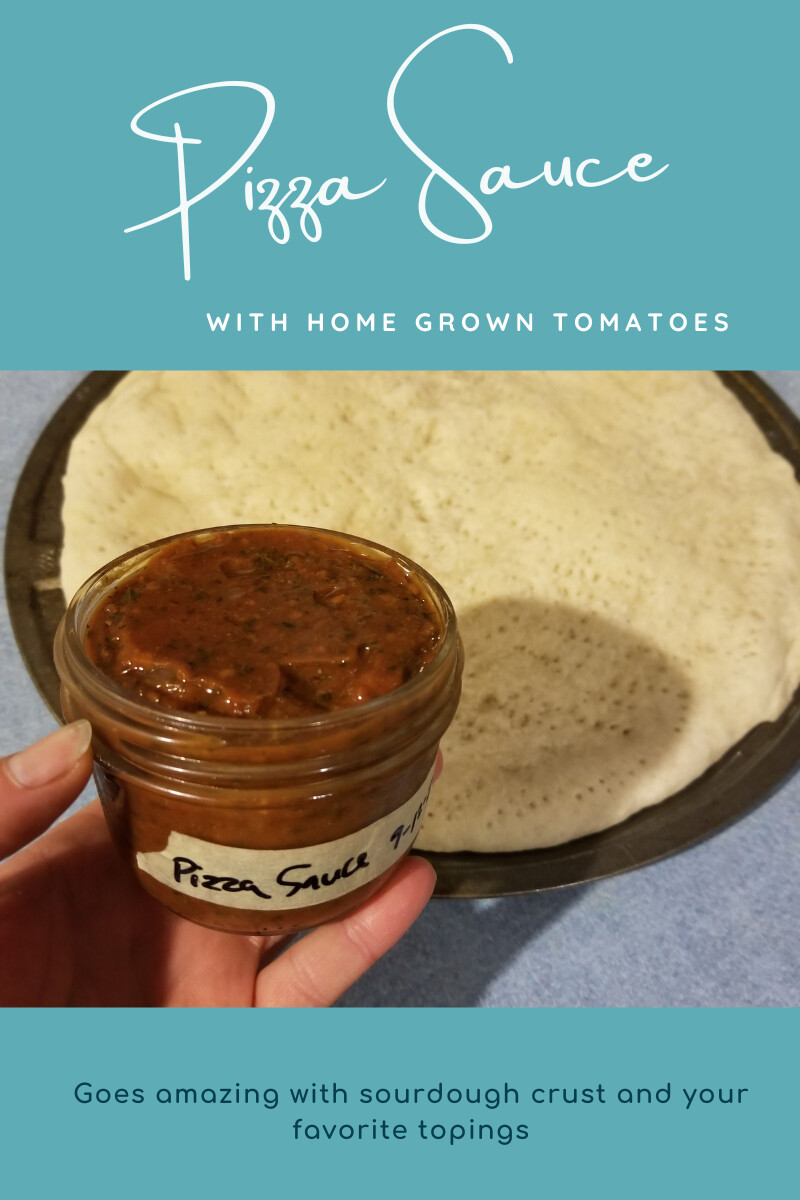


0 Comments